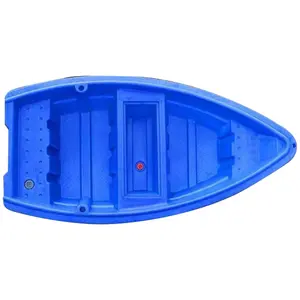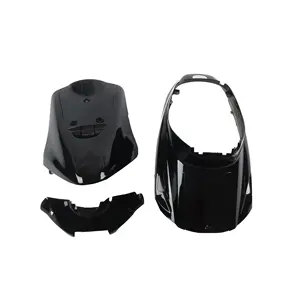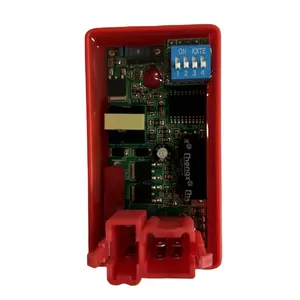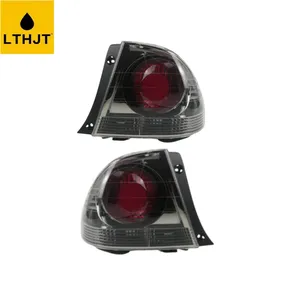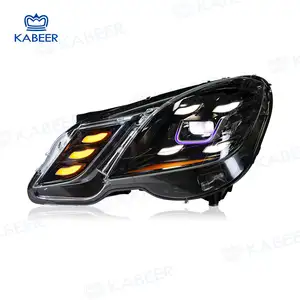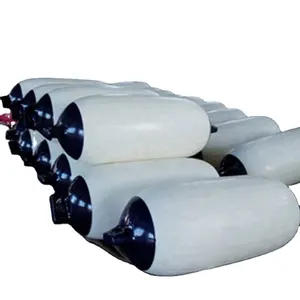Popular in your industry

































































Top categories
About surface condenser
Understanding Surface Condensers
A surface condenser is a critical component in various industrial applications, particularly in thermal power plants and maritime environments. This device is designed to condense process fluids or steam by removing heat and facilitating phase change without mixing two different substances. Its operation is essential for the efficiency of steam turbines, as it condenses the exhaust steam from the turbine into water to be reused in the steam cycle.
Types and Applications
There are several surface condenser types, each tailored to specific applications and operational requirements. The shell and tube surface condenser is one of the most common types, widely used in large-scale industrial settings. Other variations include the downflow surface condenser and the inverted flow surface condenser, which differ in the direction of the cooling fluid flow. These condensers are integral to the operation of steam turbine surface condensers in thermal power plants, where they contribute to the cycle's efficiency and energy conservation.
Features and Materials
The construction of a surface condenser typically involves materials that offer durability and excellent heat transfer capabilities, such as brass or titanium. The design often incorporates a large number of tubes to maximize the surface area for heat exchange. Features may include a two pass surface condenser system, which allows the cooling water to pass through the tubes twice for enhanced efficiency.
Advantages of Surface Condensers
Utilizing a surface condenser comes with several advantages. These systems enable the recovery of pure distilled water, which is vital in processes where water quality is paramount. Moreover, they help maintain a low back pressure on turbines, which is crucial for the optimal performance of a turbine surface condenser. In terms of environmental benefits, surface condensers reduce water consumption by allowing for water recirculation, aligning with the principles of a regenerative surface condenser.
Working Principle
The surface condenser working principle is based on the heat transfer through a solid surface that separates the vapor phase from the cooling medium. In a typical setup, such as a surface condenser in thermal power plant, steam enters the condenser after passing through the turbine and is cooled down by the water circulating through the tubes, condensing it into liquid form without direct contact.
Selection Considerations
When selecting a surface condenser, factors such as the type of application, the required heat transfer rate, and the properties of the process fluids are crucial. For instance, a down flow surface condenser might be preferred for its gravity-assisted flow, which can be beneficial in certain operational contexts. It is important to assess the specific needs of the application to determine the most appropriate surface condenser configuration.
